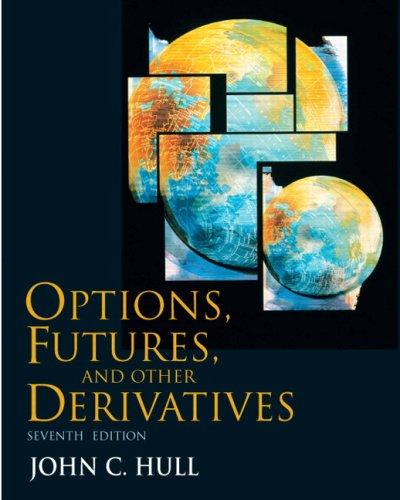04. A stock price is currently S100. Over cach of the next two 6-month periods it is expected to go up by 10% or down by 10% The risk-free interest rate is 8% per annum with continuous compounding, what is the value of a 1-year European put option with a strike price of S100? Q5. A stock price is currently S95. It is known that at the end of four months it will be either 590 or S100. The risk-free interest rate is 5% per annum with continuous compounding. What is the value of a four-month European put option with a strike price of S95? 06. A stock price is currently S70. Over each of the next two three-month periods it is expected to go up by 6% or down by 5% The risk-free interest rate is 5% per annum with continuous compounding. What is the value of a six-month European call option with a strike price of $72? Q7. The volatility of a stock price is 30% per annum What is the standard deviation of the percentage price change trading day? 08. Calculate the price of a three-month European put option on a non-dividend-paying stock using the Black -Scholes model with a strike price of so when the current stock price is $50, the risk-free interest rate is 10% per annum, and the volatility is 30% per annum. 09. What difference does it make to your calculations in the previous problem (8) if a dividend of $1.50 is expected in two months? QIO, What is the price of a European call option using the Black -Scholes model on a non- dividend paying stock when the stock price is $52, the strike price is $50, the risk-free interest rate is 12% per annum, the volatility is 30% per annum, and the time to mafurity is three months? AI what future stock price will the buyer of the call option breakeven? Q11. What is the price of a European put option on a non-dividend paying stock using the Black Scholes model when the stock price is $69, the strike price is $70, the risk-free interest rate is 5% per annum, the volatility is 35% per annum, and the time to maturity is six months? At what future stock price will the buyer of the put option breakeven







